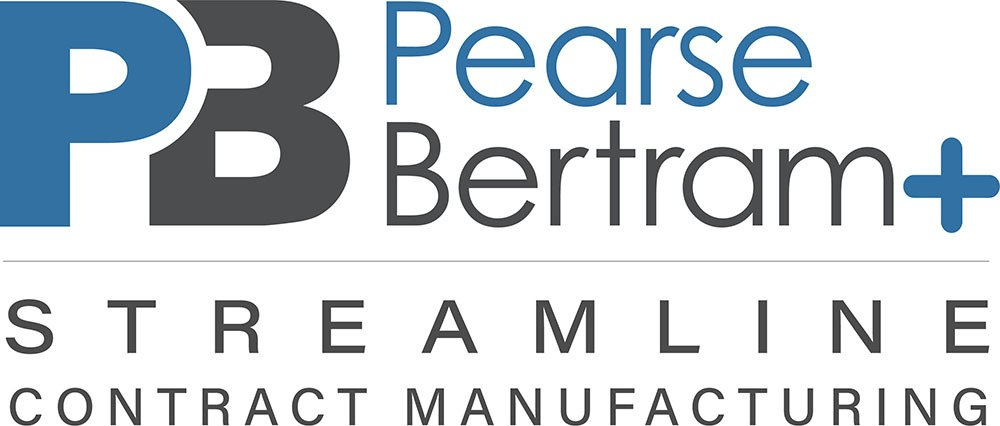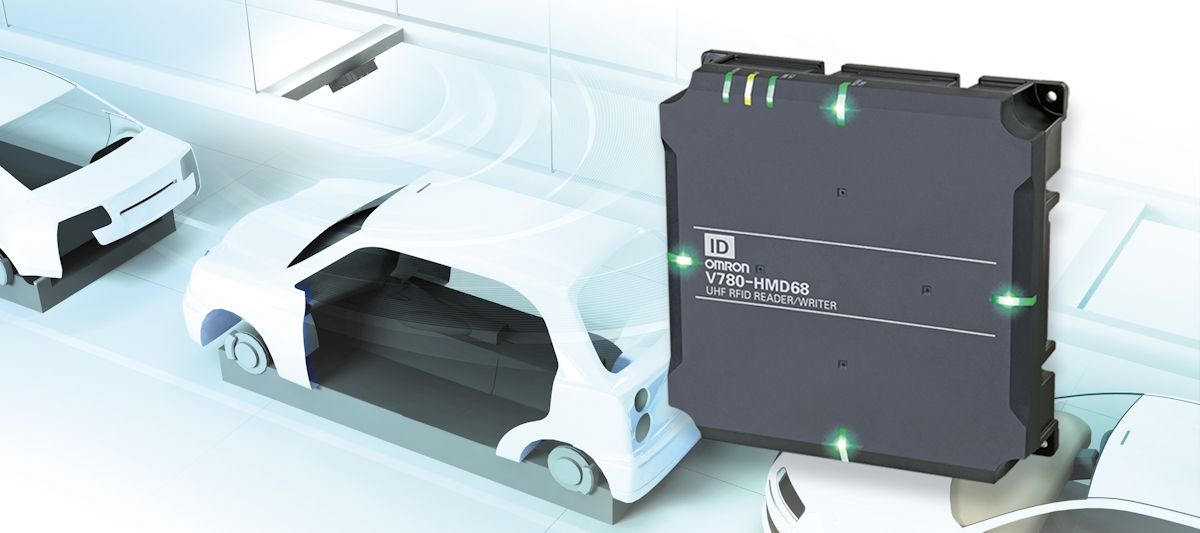Elevating Manufacturing Traceability With Durable RFID Systems
From automotive to electronics, manufacturers across a range of industries are increasingly looking for ways to optimize their production efforts, improve product quality and prevent costly product recalls. One way to achieve these goals is to deploy traceability technologies. Popular examples include readers and scanners for 1D and 2D barcodes, labels, direct part marks (DPM) and other data.
While these devices have their place — and go a long way toward streamlining manufacturing workflows while enhancing quality control — some applications require additional traceability capabilities, such as longer read distances, non-line-of-sight readings and an ability to perform reliably in harsh or low-visibility environments.
This is where radio-frequency identification (RFID) technology comes in. These systems include an interrogator, or reader, and a tag that consists of a microchip and built-in antenna, extending the RFID system’s range and ensuring a product’s data can be read regardless of the environment or visibility conditions. Let’s take a closer look at this technology.
The Benefits of RFID Systems
Compared to other traceability solutions, RFID systems can read tags even if they aren’t directly visible, making them ideal for applications that require non-line-of-sight readings. They can also provide readings from longer distances — some up to 7 meters — and can read multiple tags at the same time. Operators also receive reading confirmations via LED visual indicators, ensuring all real-time quality control data has been captured successfully.
In addition, RFID enables users to both write and read the information, lending itself well to applications that have regularly updated traceability information. They are also flexible with respect to positioning. For example, they can still provide readings even if an object stands between the reader and the tag, provided the object isn’t metal or has a high water content. And, these systems are durable and will work well in harsh conditions, high ambient temperatures and applications requiring a high degree of IP protection.
Applications Where RFID Systems Shine
Thanks to their many benefits, RFID systems can significantly improve operational efficiency in many industrial applications. Here are a few examples:
- Mixed-model manufacturing lines. RFID systems excel in applications with varying operations on the same production line. In an automotive plant, for example, RFID systems can reliably detect the chassis and other parts from several meters away.
- Parts tracking and management. RFID systems track pallets and racks throughout the manufacturing process, ensuring all parts are where they should be in high-mix production environments.
- Material handling. These systems reliably trace parts for conveyor diverters and sorting systems. Ideal for moving systems, they can also identify products with varying read distances on conveyors.
- Error-proofing. RFID systems ensure all raw materials and assembly parts are being used correctly during production. They can identify products going to machine areas or docking portals, for example, with up to 64 unique tags in one read.
Explore Omron RFID Technology
Examples of RFID technology that can help you take your manufacturing efforts to the next level include the V680S and V780 series by Omron. You can integrate these robust products into your automation system with minimal RFID training, and their performance in harsh environments will surprise you. Omron offers both high-frequency and ultra-high-frequency options with ISO/IEC 18000-3 compliance. Units also feature a rugged, compact form factor and may be directly connected to automation controllers.
Other key features of Omron RFID products include:
- Compliance with ISO/IEC 18000-63: 2013 specifications.
- Long-range capabilities — up to 7.12 meters (V780).
- High IP protection levels.
- Compatibility with Ethernet protocols.
- LEDs to indicate communications status.
Eager to learn more about Omron RFID technology?
Contact us today.
“Trust is one of the most important factors when I select a manufacturer. I trust the team at Pearse Bertram to get the job done right and delivered on time.”
-Senior Buyer, Moore Nano
“From time to time, we utilize Pearse Bertram’s engineering team to help us evaluate variables for special applications. It’s nice to have that value-add service.”
-Supply Chain Manager, MP Systems
“Pearse Bertram has been a great partner over the years ---they’ve been very responsive to our needs to manufacture and trouble shoot production issues.”
-Design Engineer, Marubeni Citizen Cinco
“Trust is one of the most important factors when I select a manufacturer.
I trust the team at Pearse Bertram to get the job done right and delivered on time.”
-Senior Buyer, Moore Nano
“From time to time, we utilize Pearse Bertram’s engineering team to help us
evaluate variables for special applications. It’s nice to have that value-add service.”
-Supply Chain Manager, MP Systems
“Pearse Bertram has been a great partner over the years; they’ve been
very responsive to our needs to manufacture and troubleshoot production issues.”
-Design Engineer, Marubeni Citizen Cinco




